The 10 Best Flowers and Vegetables to Plant in July
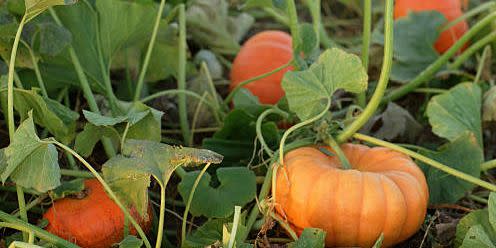
"Hearst Magazines and Yahoo may earn commission or revenue on some items through these links."
Now that the hottest days of the growing season are upon us, you may think it’s time to put away your planting trowel and gardening gloves. Not exactly! You actually can plant many different edibles and ornamentals in July to squeeze out a second harvest or brighten up faded flower beds, containers and planter boxes. Many types of edibles can be planted from seed even now, as long as you have enough time left before a frost. Check with your local university coop extension service (find yours here) to find the first expected frost date in your area, then count backwards. For example, if your first frost is generally around October 15, and the seed package says the plant takes "60 days to maturity," you’re still in good shape! For flowers, it’s a great time to head to the nursery to pick up a few new ones to refresh beds that no longer look their best. And though it goes without saying, keep everything watered if you’re in a dry spell!
Typically, here’s what you can plant in July:
Pumpkin
If you want pumpkins for baking, autumn decorating, or carving, now’s the time to get your seeds in the ground. Look for compact varieties if you’re short on space, though those vines still require about 6 to 8 square feet to grow. Place a few pumpkin seeds in each hole, and keep watered, especially when flowers and fruits are forming.
Varieties to try: Orange Smoothie, Wee-B-Little
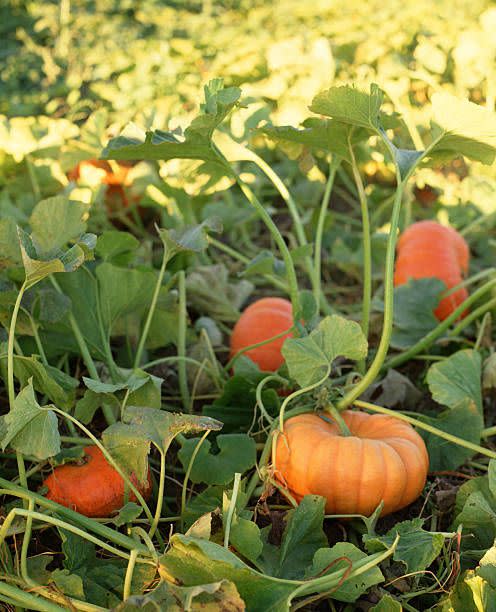
Moss Rose
These tough low-growing succulents, also called portulaca, tolerate heat and drought. They bloom all summer until a hard frost and look amazing draping out of hanging baskets or beds.
Varieties to try: Mohave Fuchsia, Mohave Tangerine
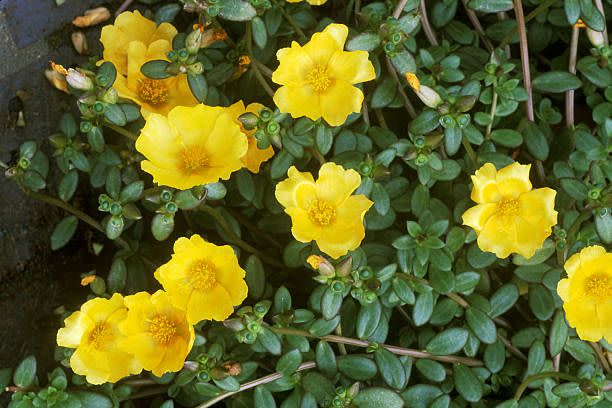
Tomato
It’s not too late for tomatoes, which adore warm temps. But read the plant tags: While many varieties of tomatoes take about 100 days to mature, you’ll find some in the 50- to 60-day range, which still gives you sufficient time to harvest before frost in most climates.
Varieties to try: Goodhearted, Valentine

Zinnia
These sturdy annuals give a faded garden new life in bold shades of red, orange, white, salmon, and hot pink. Zinnias bloom and bloom without any fussing from you because they’re super-heat and drought-tolerant.
Varieties to try: Profusion Double Hot Cherry, Zowie Yellow Flame
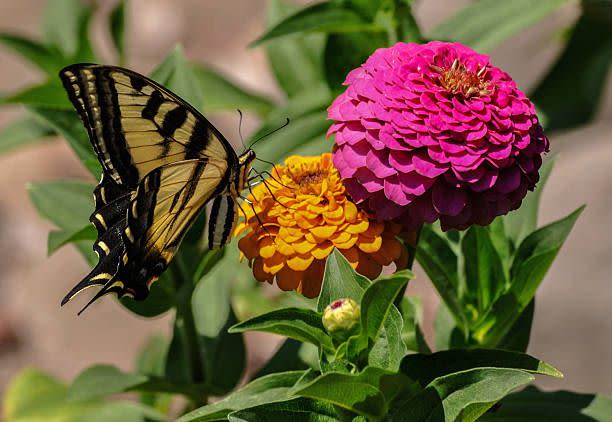
Greens
In cooler regions of the country, start your fall crop of spinach now. Seed in rows as you did in the spring. Cover lightly with soil, and keep moist. In hot climates, opt for other spinach-like plants that can handle the heat such as Malabar spinach, which is actually a vine with edible leaves.
Varieties to try: Bloomsdale No. 5, Malabar Spinach (hot climate)
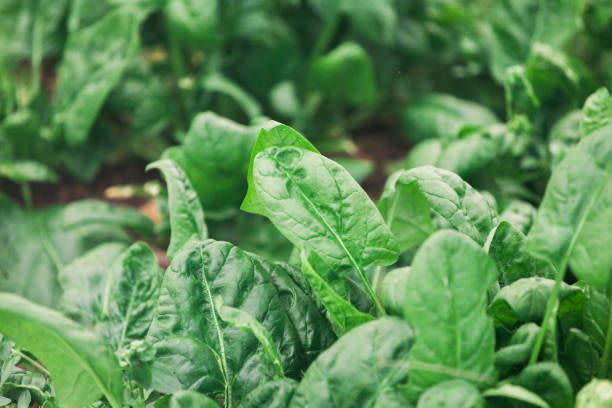
Pentas
These annuals are great summer bloomers in cheerful pink and purple and pure white colors. Butterflies, bees, and hummingbirds love pentas. They work equally well to perk up faded containers or to add a layer of color to landscapes.
Varieties to try: Sunstar Pink, Butterfly White
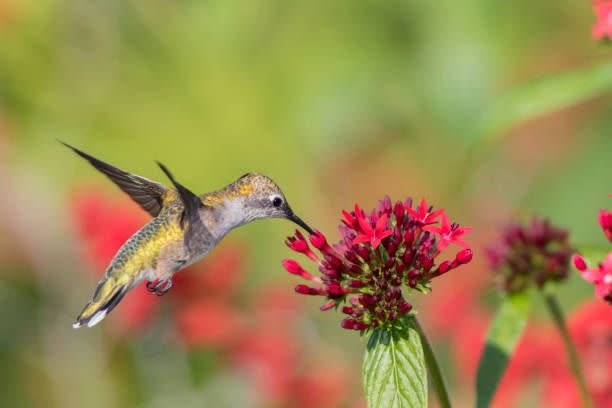
Marigold
These tough-as-nails annuals stay perky until a hard freeze. In bright shades of yellow, gold, orange and even creamy white, marigolds look good in any garden setting and add a bright pop of color to containers or bed.
Varieties to try: Big Duck Yellow, Queen Sophia

Beans
It’s absolutely not too late for a second crop of beans—or even a first crop if you’ve recently freed up some space in your garden. They love warm weather so seeds will germinate quickly. Bush beans and pole beans, which require a trellis or net to climb, are prolific, so the more often you pick, the more you’ll get.
Varieties to try: Mascotte (bush), Seychelles (pole)

Lantana
Gorgeous deep shades of saturated pinks, purples, oranges, yellow and pure white make lantana a welcome addition to the mid-summer garden. They’re heat and drought-tolerant annuals that pollinators love! They sometimes survive winter in milder climates.
Varieties to try: Luscious Berry Blend, Bandana Lemon Zest

Cucumber
Cukes are fast-growers, so you can plant seeds now for another crop before your first frost. Look for compact bush varieties, which take up less room in your garden. Bush types also do well in containers.
Varieties to try: Green Light, Pick a Bushel

You Might Also Like
